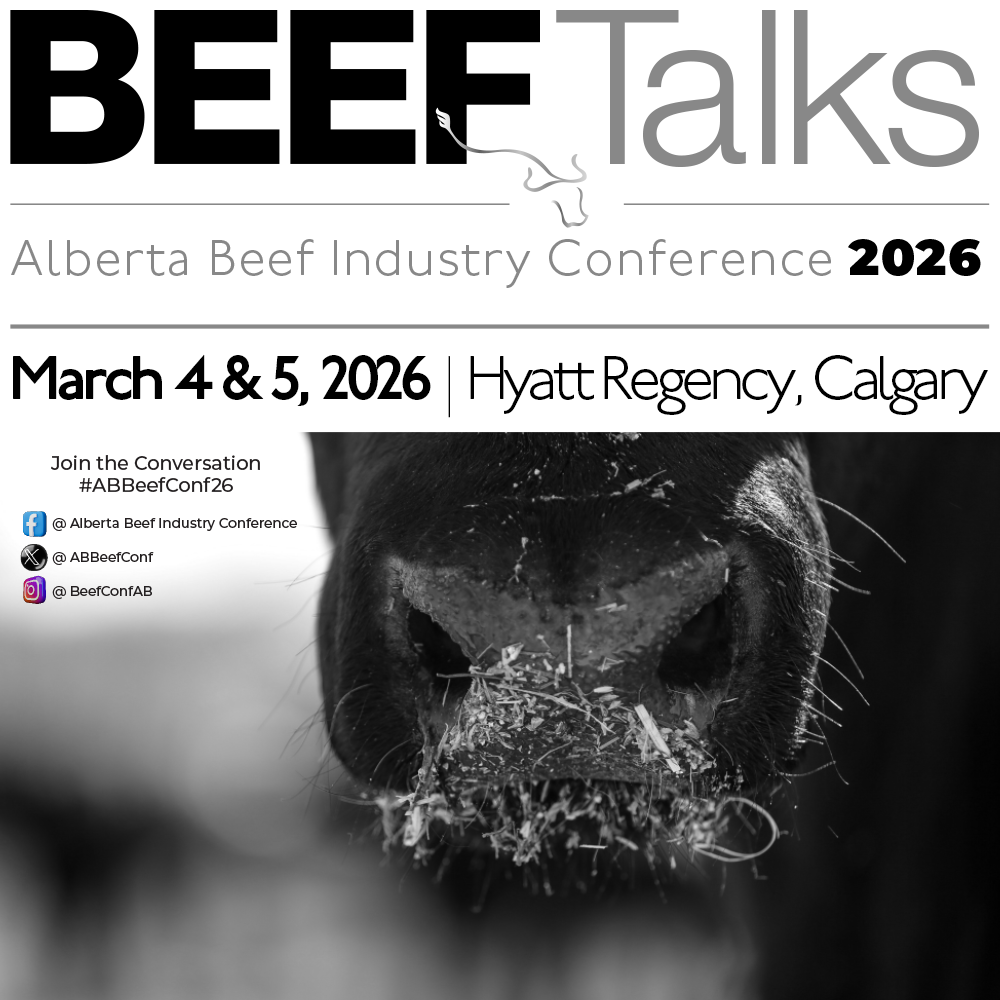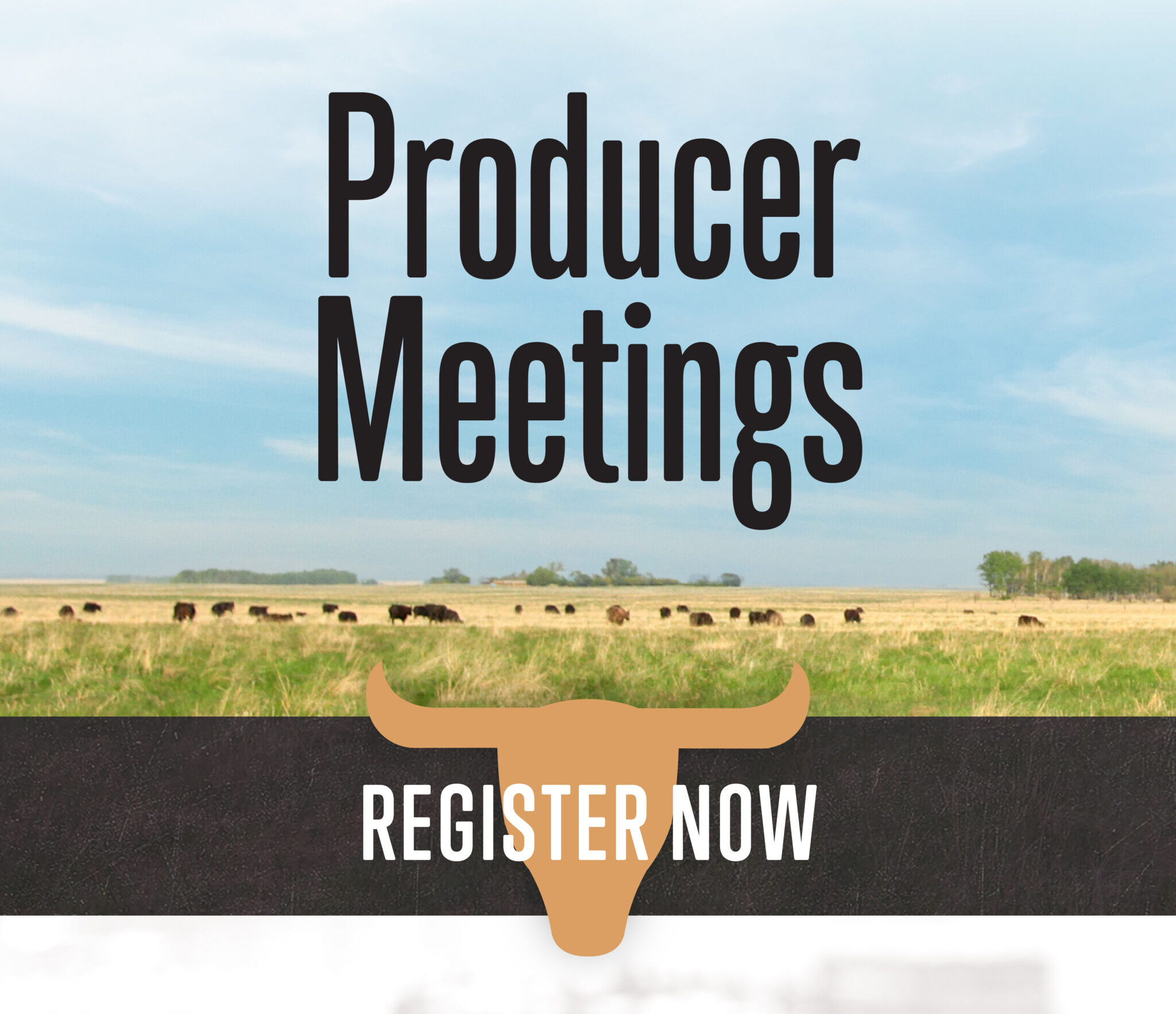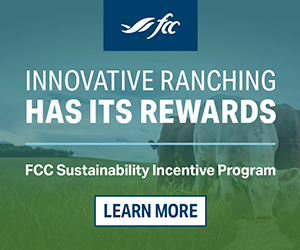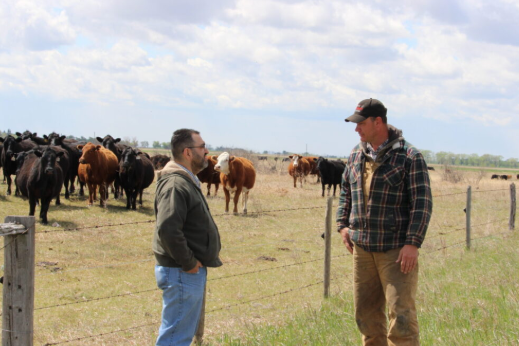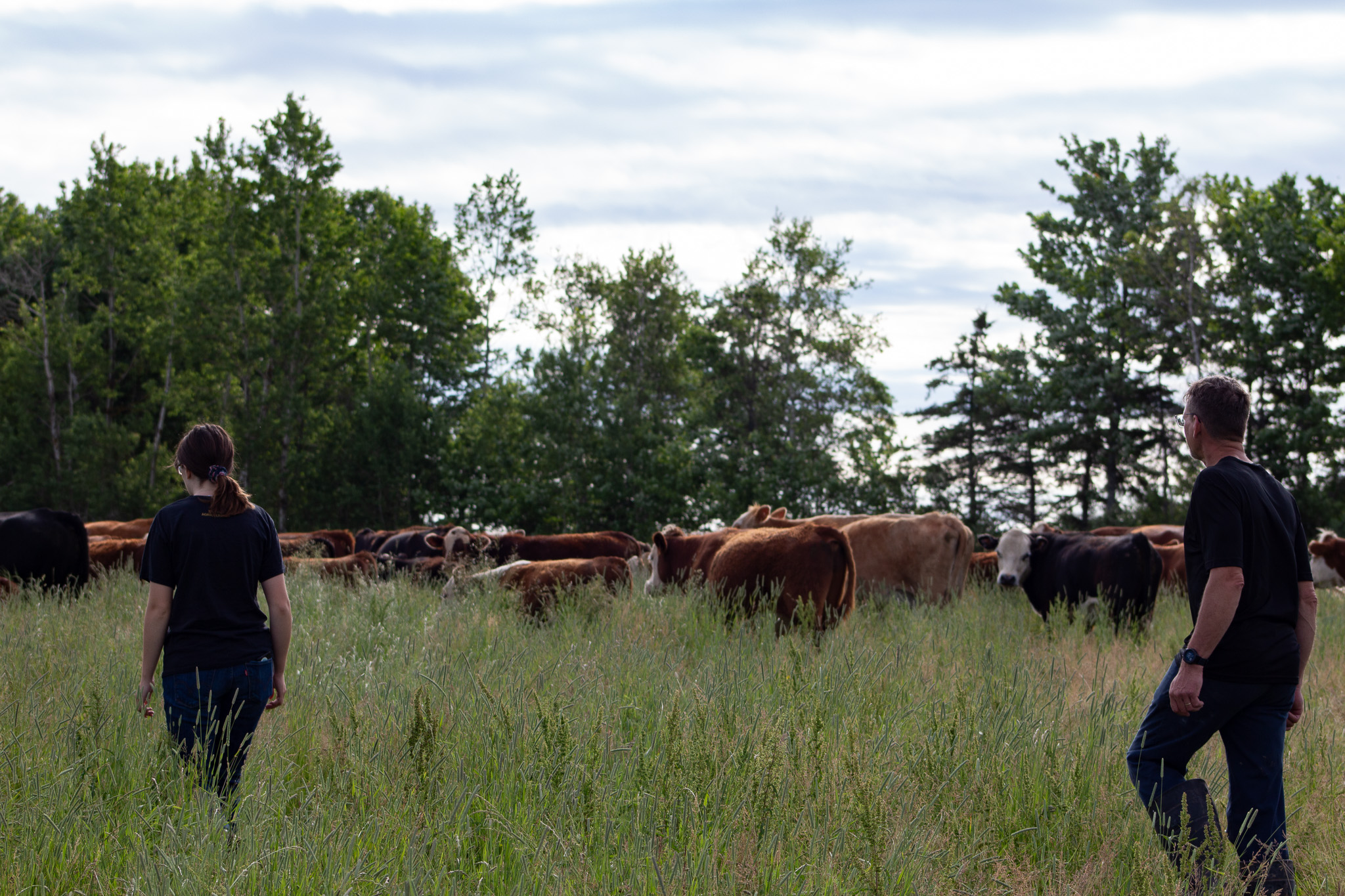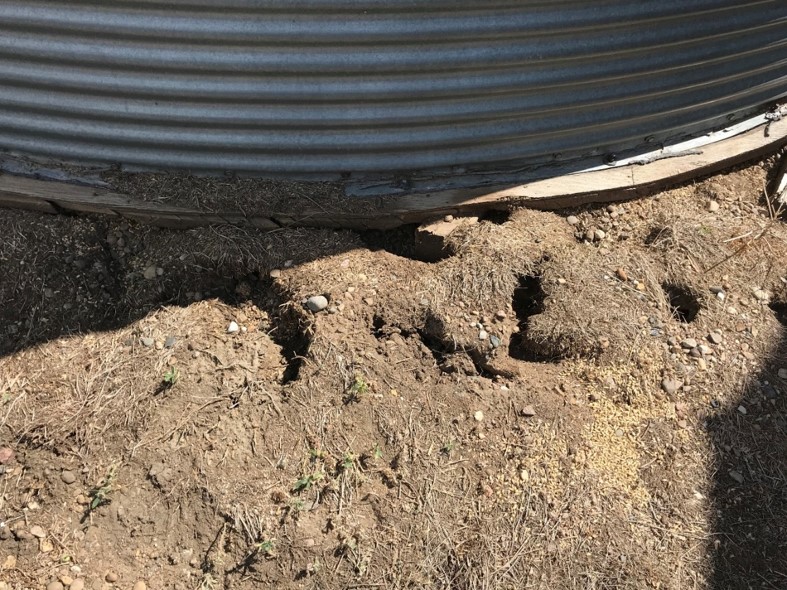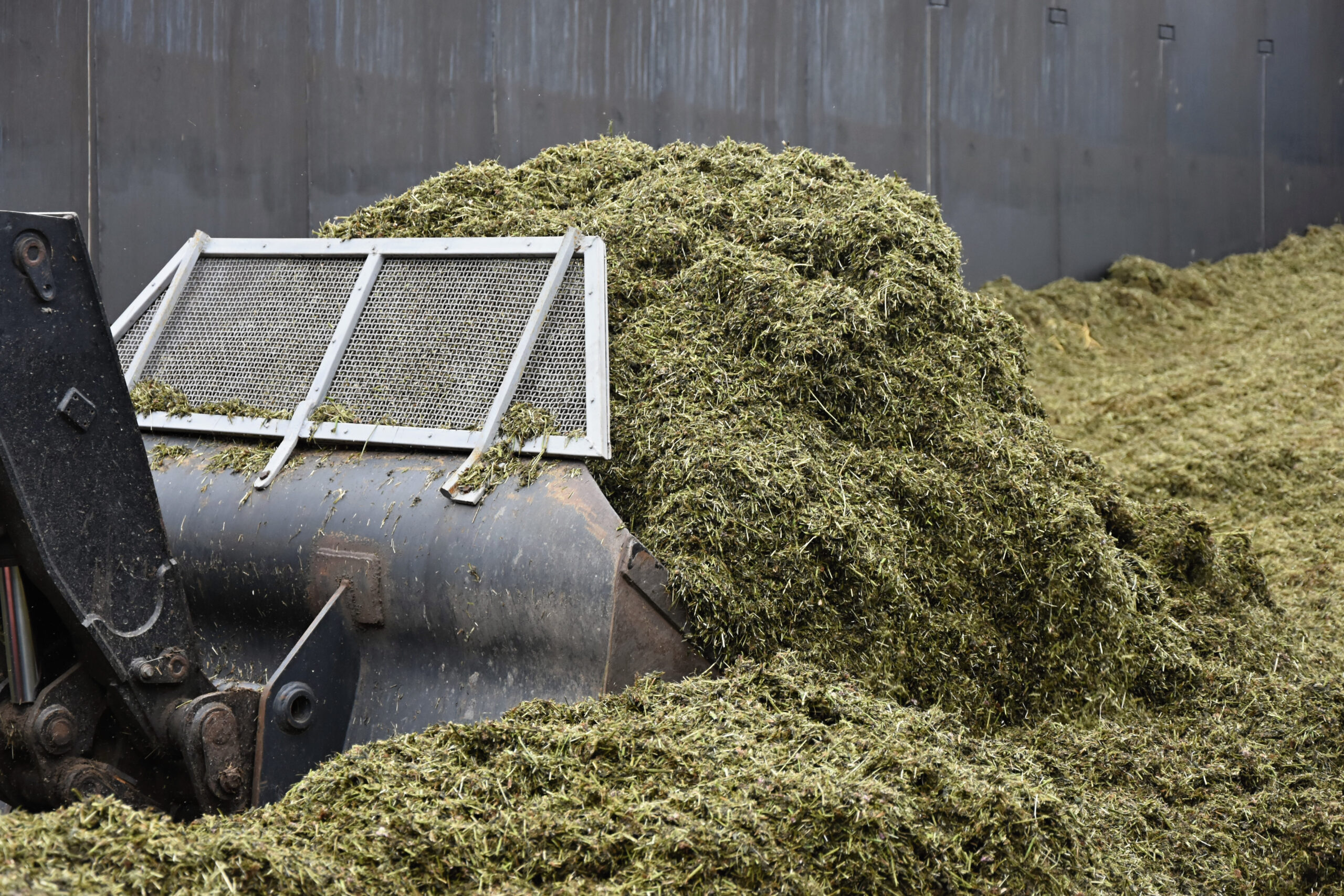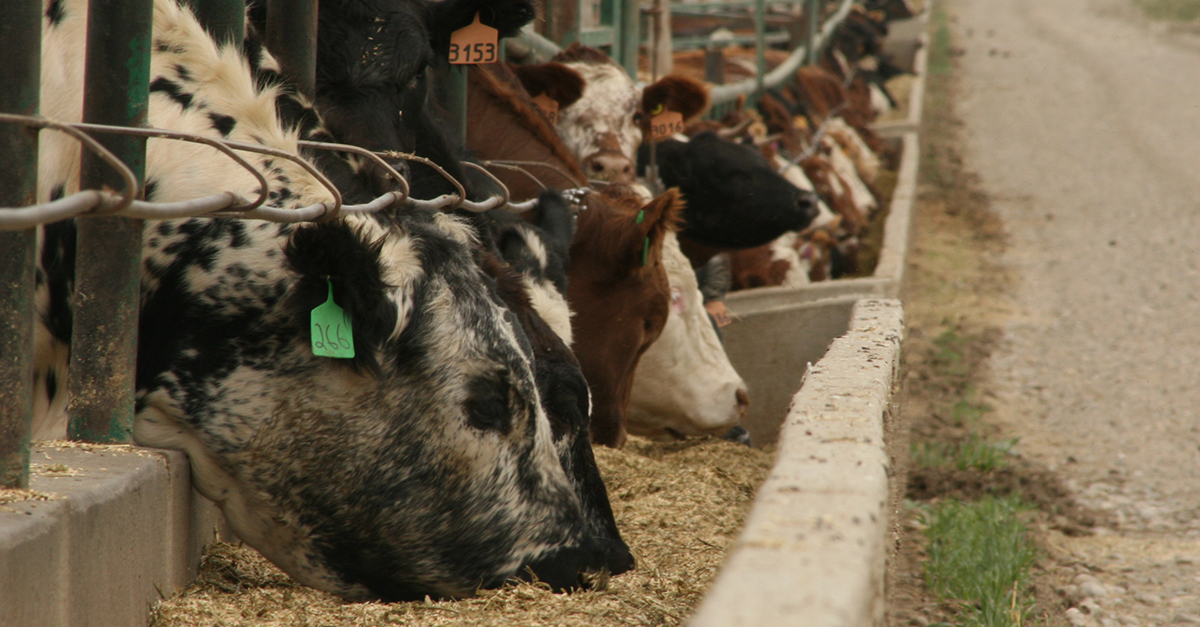AB Direct - Steers
Rail: 492.00-493.50 FOB feedlot (last week)
AB Direct - Heifers
Rail: 492.00-493.50 FOB feedlot (last week)
US Trade- Steers
Rail: 355.00-363.00 (IA, NE) last week
US Trade - Heifers
Rail: 355.00-363.00 (IA, NE) last week
Canadian Dollar
0.19
‘Tis the Season…to check in on mental health
If the holiday season and planning for the year ahead seem exceptionally daunting, know that you are not alone. The holiday season and winter bring a unique set of additional stressors for producers that can significantly impact mental health. While this time of year is often viewed as a period of celebration and family gatherings,…
Annual Report | Beef production and extension
ABP’s producer-led Research Committee once again invested producer check off dollars into research in 2023 to improve the competitiveness, sustainability, and profitability of beef producers. Proposals are received through the Agriculture Funding Consortium, undergo a scientific technical review, and then are evaluated by the producer representatives on the ABP research committee. Decisions are guided by…
Celebrating success and remaining vigilant in BSE surveillance
The World Organisation for Animal Health (WOAH) uses a three-tiered categorization system for evaluating bovine spongiform encephalopathy (BSE) risk including negligible, controlled, and undetermined risk. According to Dr. Penny Greenwood, National Manager of Prion and Equine Programs for the Canadian Food Inspection Agency (CFIA), the system is designed to reflect current knowledge and understanding of…
Celebrating 10 years of the BCRC Beef Researcher Mentorship Program
This year the Beef Cattle Research Council (BCRC) celebrates a decade of its Beef Researcher Mentorship Program, which has connected more than 40 mentees with countless beef producer and industry mentors to bridge the gap between science and industry. Launched in 2014, the program was inspired by the need for stronger connections between researchers and industry….
The Bovine: Holdanca Farms and environmental stewardship
For this episode of The Bovine, Kara Mastel sits down with father-daughter duo, John and Maria Duynisveld, who own and operate Holdcana Farms, located near Wallace Bay, Nova Scotia. The Duynisveld’s discuss the experience of receiving the 2024 Environmental Stewardship Award (TESA), and dive into more about their operation. Tune in below, download for later, or…
Alberta launches ‘Rat on Rats!’ campaign
A new campaign is urging Albertans to continue their efforts in keeping the province rat-free. For over 70-years, Alberta has successfully prevented rats from establishing a permanent population, thanks to the diligent work of the Rat Control Program staff and the vigilance of its residents. The campaign, funded by the Sustainable Canadian Agricultural Partnership (Sustainable…
Building or expanding a confined feeding operation? What you and your consultant need to know
Are you planning to expand or build a new confined feeding operation (CFO), manure storage facility, or manure collection area? If so, be sure your consultant is aware of the guidance for conducting subsoil investigations. Failure to follow this guidance could delay or otherwise impact your ability to obtain a permit under the Agricultural Operation…
Hidden hazards – the challenge with mycotoxins in beef cattle feed
This article was originally posted on the Beef Cattle Research Council’s website on October 9, 2024. Often hidden hazards in beef cattle diets, mycotoxins can create a variety of problems including impaired immune response which can lead to secondary infections, compromised growth rates, reduced reproductive performance, lameness and gangrene. Illnesses caused by mycotoxins can be difficult to…
Consider HPAI for show and auction season
As show and auction season gets underway, the risk of Highly Pathogenic Avian Influenza (HPAI) is a consideration for exhibitors and organizers. Since early 2024, HPAI (H5N1) outbreaks have occurred in dairy cows across several states. While there haven’t been any confirmed cases in Canada, it’s important to know the biosecurity measures to keep it…
Silage: More than just filler
This article was originally posted on the Beef Cattle Research Council’s website on October 31, 2022. If starch (from grain) is the fuel in a feedlot diet, fiber (from a roughage like silage) is the engine governor that slows digestion. A backgrounding diet might contain 60 per cent silage to moderate animal growth so that…
BCRC highlights its past year of industry investments in research and extension
The Beef Cattle Research Council (BCRC) has released its 2023-2024 Year in Review highlighting key activities and outcomes from the past fiscal year. The report showcases how producer investments in the Canadian Beef Cattle Check-Off are tackling beef industry priorities while generating maximum value from every research dollar. “The BCRC uses producer input to direct Check-Off…
Are the cows getting enough quality water?
ABP is excited to feature the writings of Barry Yaremcio, ruminant nutritionist and production management consultant. Barry is a trusted voice in cattle nutrition and forage production, operating Yaremcio Ag Consulting Ltd. This article was originally published on his BYOB Blog, which can be found on his website. There have been studies conducted in Western Canada that evaluated…


